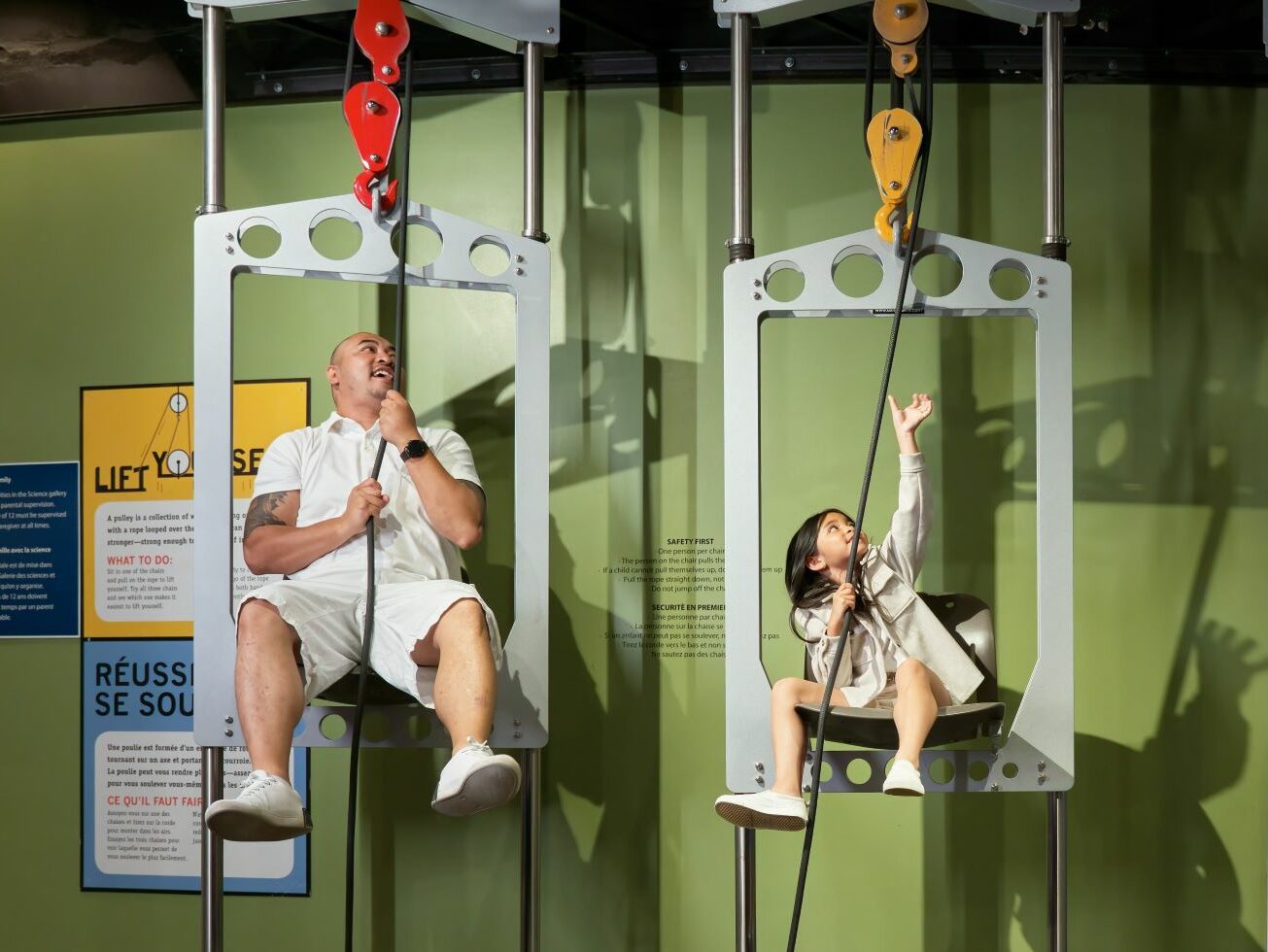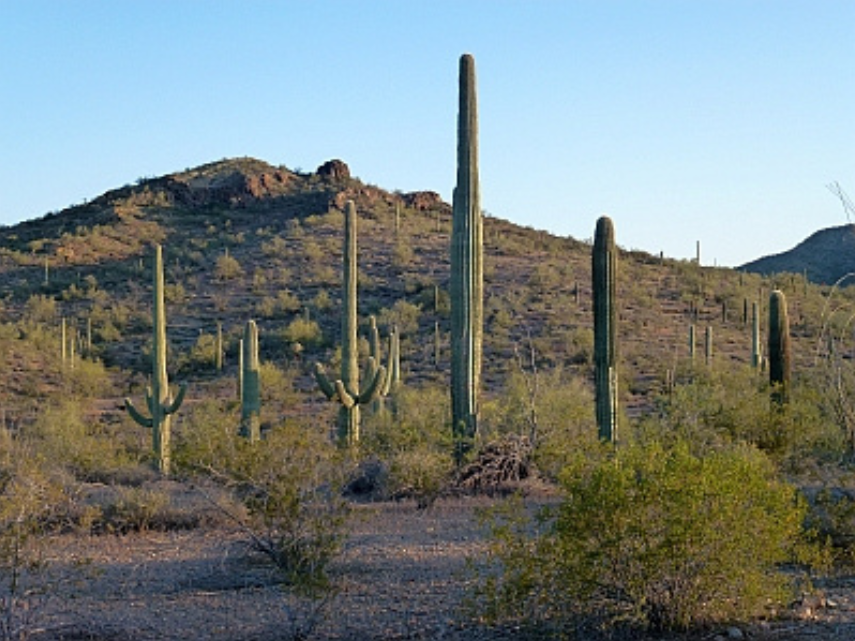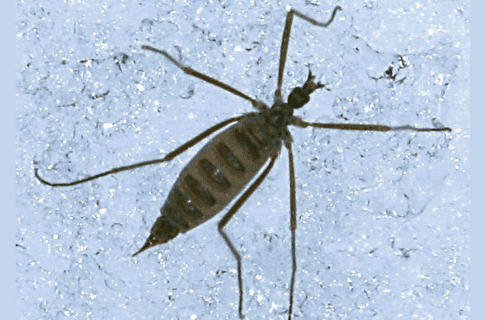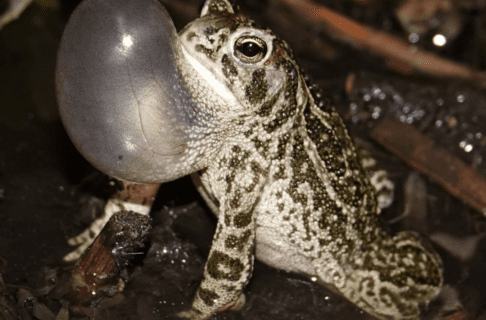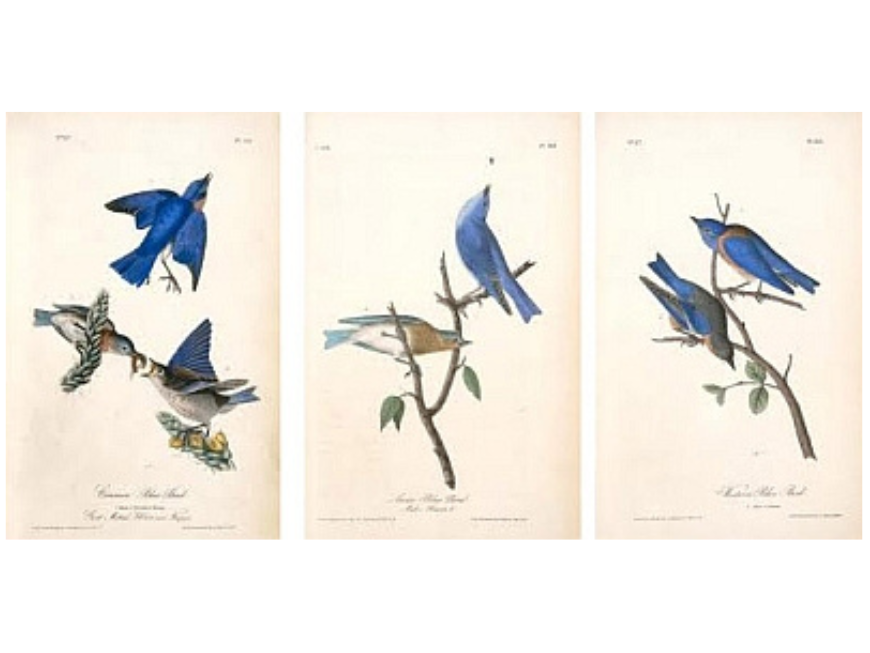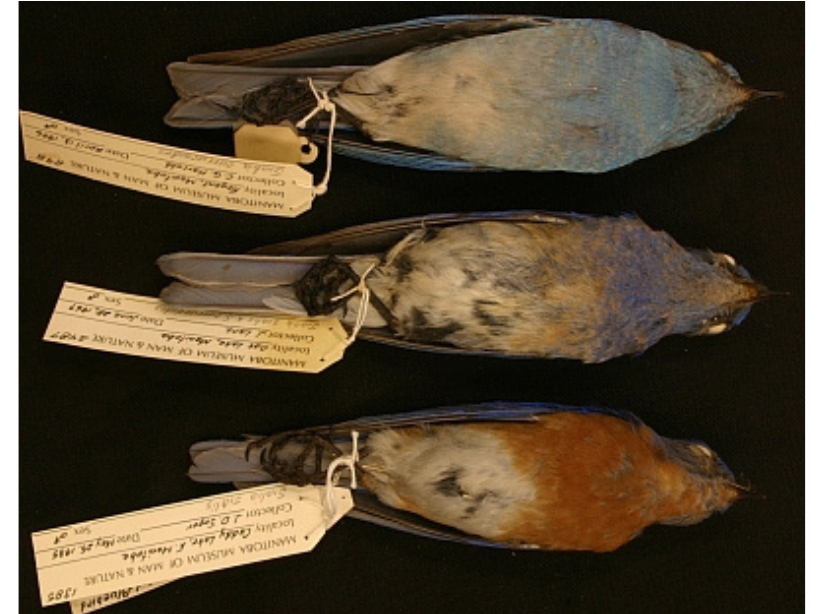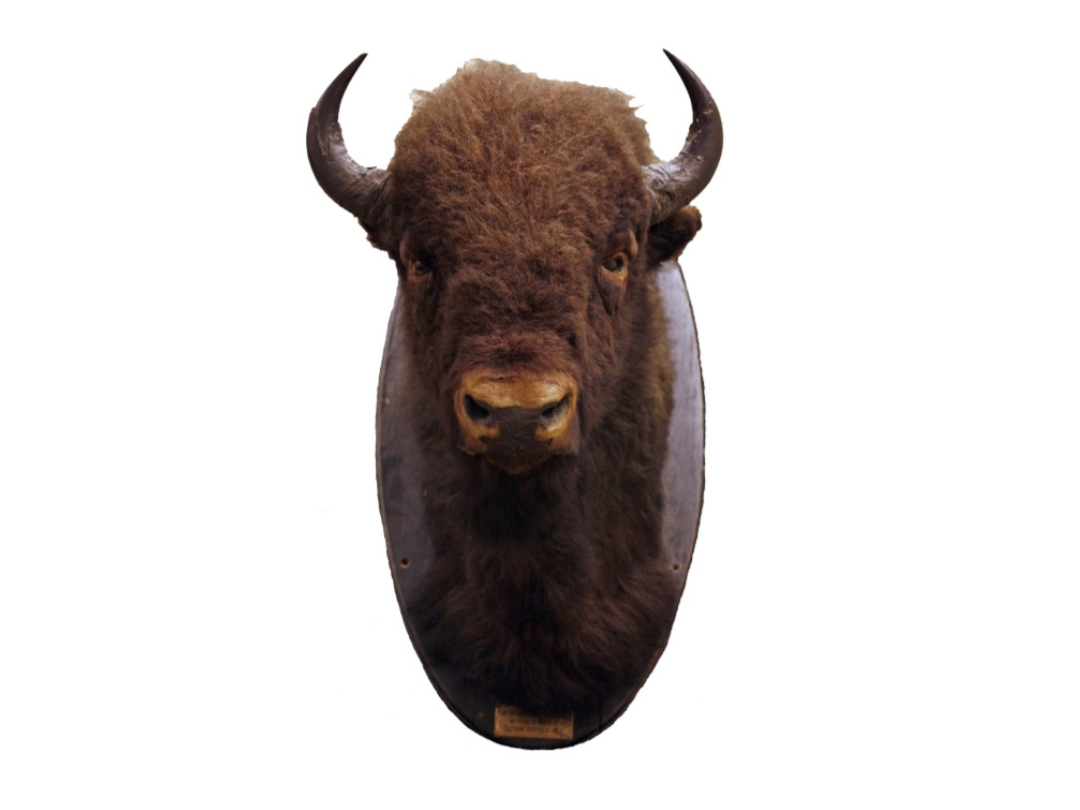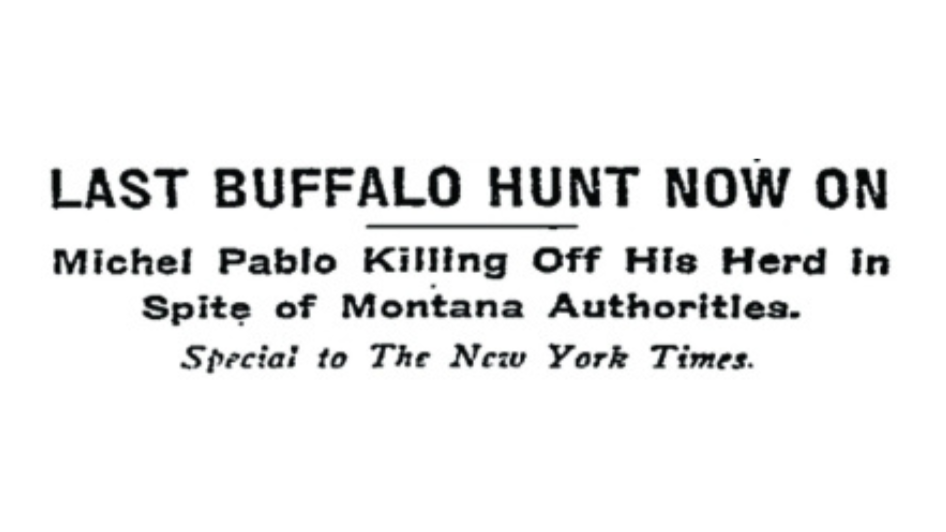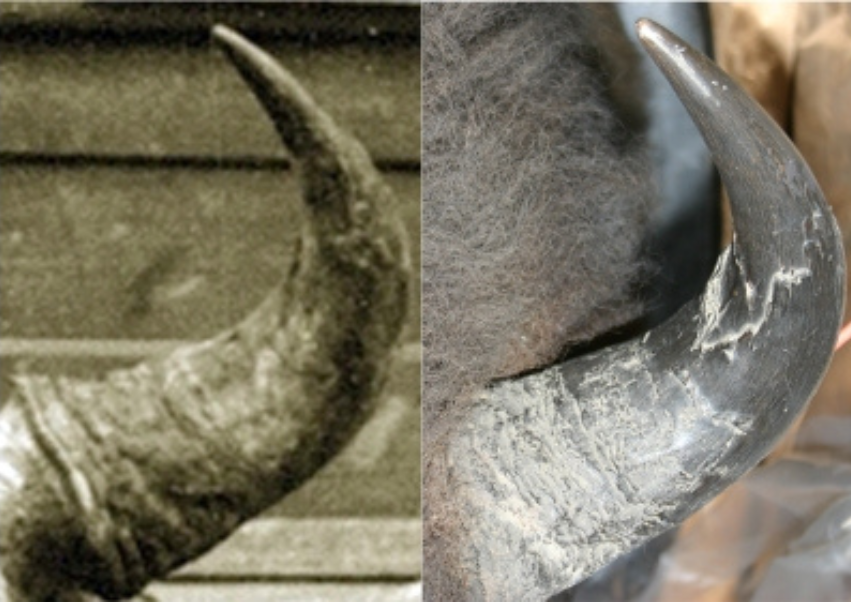Unless you happen to be chowing down on some steamed clams at the time, a discussion of important influences on human history is unlikely to include a clam as part of the conversation. But the eating habits of one small group of highly evolved clams has altered the travel plans of Christopher Columbus and Sir Francis Drake, changed the outcome of naval battles, and has inspired folklore and poetry.
Clams are members of the Bivalvia, a relatively diverse subgroup of molluscs that includes about 10,000 living species of oysters, mussels, scallops and any of the typical “seashells” we are used to finding washed up on beaches, whether on fresh- or saltwater. Other molluscs include snails, slugs, squids, and octopus. Bivalves are creatures that have two roughly symmetrical hinged shells (hence Bivalvia from the Latin bi = two, and valva = leaf of a folding door) that usually can enclose the entire animal for protection. Most are filter-feeders, meaning they take in great quantities of water through one siphon, pump it through the gills that strain out small food particles, and then send it out a second siphon.

Old woodcut illustrations of “shipworm” showing the worm-shaped body (B) on the left along with the shell valves at the front (S) and the siphons for incoming and outgoing water to the gills for breathing (IO). The middle figure is a close up of the front part of the animal and the shell valves (S) and on the right is the shell itself, showing its modification into a grinding surface. From Popular Science Monthly, August 1878.
But bivalves have been around a very long time, over 500 million years, and over that time some strange exceptions to the usual life history have evolved. The two valves of its shell have been modified from protective devices into two small, but extremely effective grinding surfaces at one end that are used to bore into any piece of wood encountered in the ocean. The clam starts out as a small juvenile that settles on a wood surface. As the new small clam bores into its new home, the wood is digested with the help of symbiotic algae that live on its gills. As the hole gets deeper, the animal’s body elongates to maintain a connection to the surface, and the burrow is buttressed with a shell-like lining.

The settling of a young Teredo onto a piece of wood and its gradual growth. The shell halves grind up the wood. Note that the siphons remain at the wood surface to bring clean seawater to the animal. Figure from Flingeflung, German language Wikipedia.
As the common name “shipworm” suggests, and is emphasized by its scientific name Teredo navalis, this species has a long history of damaging ships. Some have suggested that the anxiety of Christopher Columbus’ crew to head west from Europe was not fear of the unknown, but fear of shipworm damage on a long journey, and for good reason. The fourth voyage of Columbus to the Americas in 1502 came to a disastrous end when all his ships sank due to damage resulting from Teredo. His ships were, “… rotten, worm-eaten … more riddled with holes than a honeycomb… With three pumps, pots and kettles, and with all hands working, they could not keep down the water which came into the ship, and there was no other remedy for the havoc which the worm had wrought… my ship was sinking under me…” (from a letter describing the voyage). Columbus was forced by these small clams to land on Jamaica. He and his crews were marooned for a year before being rescued.

The fourth voyage of Christopher Columbus (left) to the Americas in 1502 came to a disastrous end when all his ships sank because of damage from these clams. In 1579, Sir Francis Drake (right), the famous English pirate/explorer/Vice Admiral spent a month on the Californian coast repairing the Golden Hind, which had been eaten by shipworms.
In 1579, Sir Francis Drake spent over a month on the Californian coast repairing the Golden Hind, which had been damaged by shipworms. And there are claims that shipworm appetites might have been a factor in the English defeat (more like repulsion) of the Spanish Armada in 1588. The Spanish had remained docked in marine waters off Portugal for several months before engaging the English, providing plenty of time for infiltration of ship’s timbers by the clam that would have weakened and slowed the vessels.

Perhaps shipworm appetites helped the English defeat the clam-weakened ships of the Spanish Armada in 1588! King Philip II of Spain (left), was forced to keep his Armada at sea several months (centre) before engaging the navy of Queen Elizabeth I of England (right).
Even the eventual addition of copper cladding to naval vessels was not certain protection from the “worm”, as this famous poem by Henry David Thoreau (1817-1862) attests:
… The vessel, though her masts be firm,
Beneath her copper bears a worm …
Far from New England’s blustering shore,
New England’s worm her hulk shall bore,
And sink her in the Indian seas …
-(excerpted from “Though all the Fates” 1849)
It has been estimated that ship timbers needed replacement every eight years on average, largely due to damage from Teredo wood-boring. At this rate, it is clear that this marine clam has had a tremendous impact on terrestrial ecology, too – huge tracts of coastal forests around the world have been cut down to replace damaged hulls of the ships of all the colonial powers as they travelled the seas. And all that travel introduced these clams all over the world as affected ships brought the animals with them. For this reason, scientists are uncertain of the original distribution and habitat of “shipworms.”

A small portion of wood from the Philippines showing the damage that occurs from the activities of Teredo, a woodboring clam that can digest wood with the help of symbiotic bacteria (MM 2.4-1062). Scale bar is 5 cm.
Of course, Teredo clams do not only target vessels, but any wooden structure in the sea. In 1731, parts of Holland were flooded because wooden dikes were eaten and weakened by “shipworm,” prompting replacement by costly imported stone. And perhaps Teredo was the cause of (or inspiration for) the famous hole plugged by the little Dutch boy’s finger. Damage to piers and moorings amounts to tens of millions of dollars per year. An infestation in San Francisco Bay between 1919 and 1921 caused over $2 billion of damage in today’s dollars, and repairing such damage is a considerable cost to this day.

Woodboring clams have been around for awhile. This is fossil wood from Souris, Manitoba showing the bore holes of Teredo or a similar species from the Cretaceous Period, about 65 million years old (MM I-2139). Because all existing species require salt water, this suggests that the wood had been floating in an ocean environment before it became fossilized. Scale bar is 3 cm.
The influence that a tiny bivalve mollusc can have on human history and economic activity is truly astounding. And this is only one of many examples from molluscs, a wonderfully diverse group of animals that is usually well outside our consciousness. Given how some have altered history, perhaps we should give these animals more of the attention they deserve.



